Two engineers analyze the pros and cons of Belmont’s bike-share pilot program
By Sumner Brown and David Chase
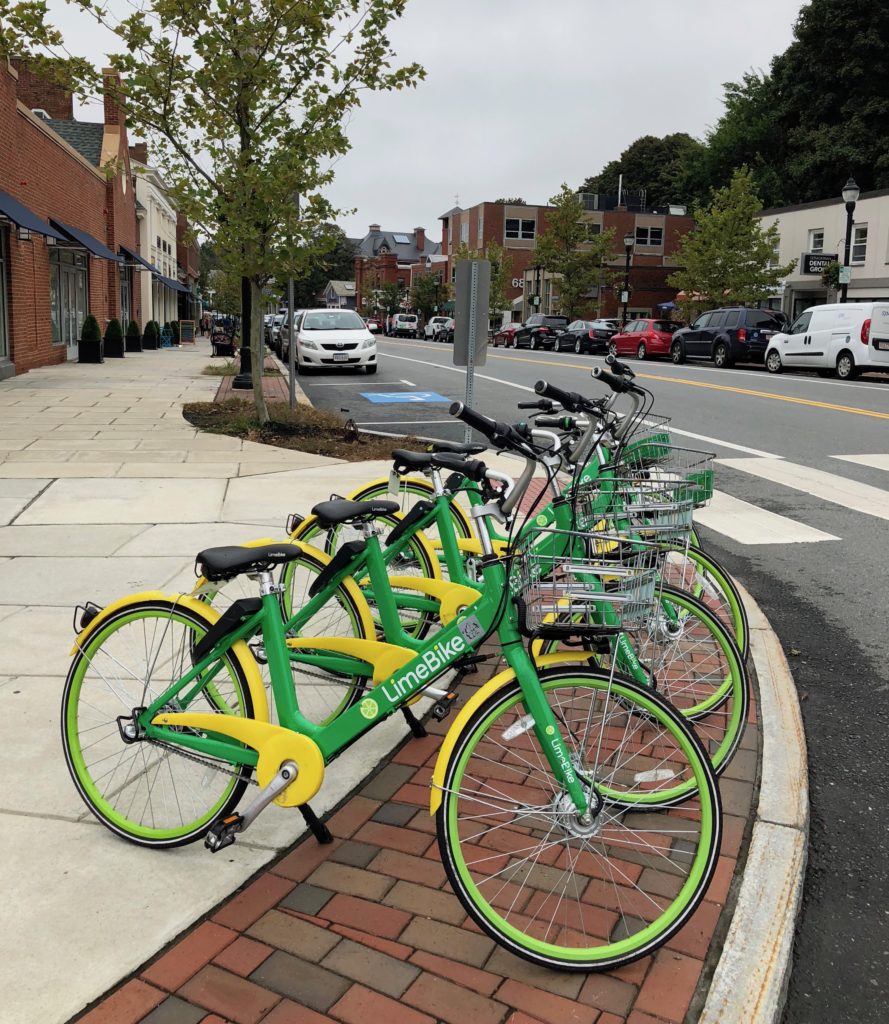
LimeBikes can usually be found in Belmont Center but are not always available in convenient locations for those wishing to pick one up in their own neighborhood. (Sara McCabe photo)
LimeBikes are not great bicycles, but they may be the best bike for you. They came to Belmont this past July, seemingly in plentiful supply. You probably noticed them. They are bright green and yellow and designed to be noticed.
Anyone with a smartphone and a credit card can rent a LimeBike anytime. You locate an available bike with the LimeBike app, and when you finish your ride, you lock it and leave it. At $1 per half hour, LimeBikes are almost certainly less expensive for an occasional rider than purchasing a new bicycle. They are owned and maintained by someone else. What can go wrong? Certainly not lack of support from Belmont’s selectmen, who voted to be one of 15 communities in the Metropolitan Area Planning Council’s regional dockless bike-share pilot program. At the Meet Belmont event on August 28, selectmen Mark Paolillo and Adam Dash were enthusiastic, calling the program a tremendous success, and Richard McLaughlin, chief of police, reported no LimeBike problems.
Locating a Bike
David and I, both bicycle enthusiasts and engineers, rented a LimeBike to garner a sense of the mechanics and practicality of these bikes and where we see them fitting into our community.
Our first experience with LimeBikes began with disappointment. We had to walk 0.8 miles to find an available bike. Once found and rented, the LimeBike did not feel natural. The only adjustment you can make is seat height, which may not go far enough for a person taller than six feet. I wanted to change the angle of the handlebars, I did not like the angle of the seat, and the seat itself bothered me, but these are minor complaints.
Others “Weigh” In
I asked a woman riding a LimeBike on the Minuteman Bikeway how she liked it.
“They’re okay. Kind of heavy,” she said.
“Durable, I guess,” I translated.
“Yes,” she labored.
LimeBikes are heavy, tipping the scales at 49 pounds, as much as a tandem or cargo bike, twice as much as a typical commuting bike, and about triple a bicycle ridden in the Tour de France. Making something durable requires more weight and cost. LimeBikes are built to last.
- Instructions for LimeBikes are printed directly on the bicycle frame. In addition to a basket, most bikes have a cell-phone holder. (Mary Bradley photo)
- LimeBike with reflective sidewalls and headlight (photo taken with a flash by Sumner Brown)
- LimeBike with electric assist. (David Chase photo)
Safety and Features
Our LimeBike had a bell so you can signal others that you are passing. Ours also had a cell-phone holder so you can watch your progress on the LimeBike app’s map and watch the app’s tally of your calories burned. I recommend not doing that.
LimeBikes come in three-speed and eight-speed varieties. Ours was a three-speed, which is adequate. The low gear was low enough for me to ride up Belmont Hill. The handling was fine; it was easy to steer the bike in little loops in the street, and it felt quite stable throughout.
LimeBikes have front and rear lights that are powered by a generator in the front hub. They also have the expected reflectors: front, back, pedals, and on the front and rear spokes. In addition, the tires have reflective sidewalls—nice! The front light is not nearly bright enough to avoid rough pavement at speed in the dark. People who ride bicycles after dark should have far brighter lights. (Powerful, portable, and easily detachable lights are available at Wheelworks and other bike retailers.)
The most interesting technology in LimeBikes is the tires. They will never go flat. They do not have inner tubes or pressurized air inside. Solid tires such as these have more rolling resistance. Do not worry about that. We managed to test the resistance: after going down a slight, short slope from a very slow start, bicycles with pneumatic tires coasted about twice as far as our LimeBike. The ride still feels normal, and at normal bicycle speeds, rolling
resistance is small compared with air drag. Enjoy the freedom from flats.
While we didn’t try the more costly electric-assist versions that LimeBikes recently introduced, they are said to make short work of hills. The battery sits on top of the rear rack, and riders are cautioned not to carry passengers on top of the battery.
LimeBike Territory
We got mixed signals about using a LimeBike outside of Belmont. My app only let me search in Belmont, although Arlington is also a LimeBike town. The app confusingly warned that part of Arlington is “out of territory” for locking a LimeBike.
Cambridge, Boston, Somerville, and Brookline have exclusive arrangements with Blue Bikes. The app shows some LimeBikes in Cambridge. Boston has confiscated some dockless share bicycles that compete with Blue Bikes.
What Can Go Wrong?
If there are not enough LimeBikes in Belmont, finding one will be difficult, and the program will fail. The LimeBike we tested then sat unused for two weeks before someone took it away. Or if riders leave them just anywhere, people will begin to resent “Lime litter.”
Parking instructions say to leave LimeBikes at bike racks or on pavement between the sidewalk and the street, but this can be problematic in areas which have none of these. One mitigating factor is that a locked LimeBike can be moved more easily than cars. Still, there is potential for trouble over parking. Lynn and Medford have both had issues with LimeBikes.
When you park your LimeBike, if there are no available bike racks, be sure not to leave it on private property, and try to minimize blocking the sidewalk, as illustrated below.
- Park like this.
- Not like this. (Sumner Brown and David Chase photos)
A Work In Progress
A sign on the bicycles says, “First Ride Free.” After the first free half hour, Lime gets a dollar for all or part of the next half hour, and the next, and . . . In addition, the LimeBike membership costs $30 per month or part of a month. Paying $360 per year for an occasional ride seems like a lot.
Stopping my LimeBike membership took over an hour of stressful aggravation. Deep within the user agreement, which goes on for many pages, are instructions for how to get out. My app, which did not let me resign without calling for help—and the mixed signals I got about using a Belmont LimeBike in Arlington—underscore that the LimeBike product is under development and is changing.
Usefulness
We recommend LimeBikes for:
- Exercise
- Errands and light shopping
- Spontaneous adventures around town
- Leaving unattended without worry
- When your own bike is in questionable shape
We do not recommend LimeBikes for:
- Mountain biking and trail riding
- Group rides
- The thrill of riding a superb bicycle
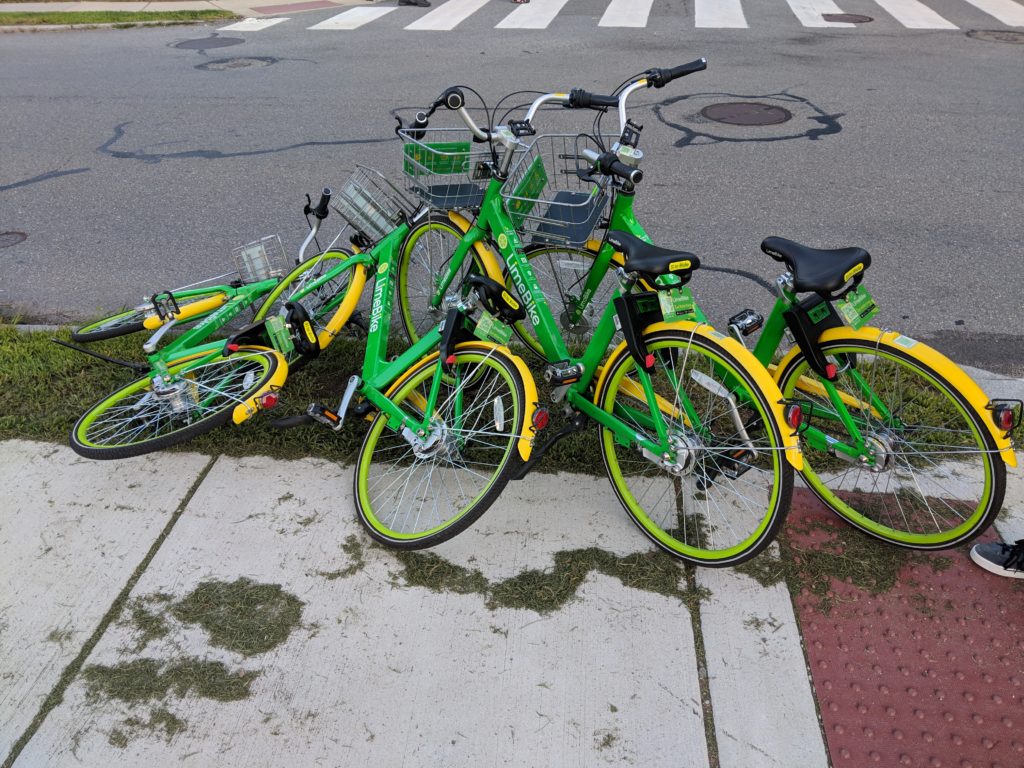
Poorly parked bikes and “Lime litter” can become a major source of contention. (David Chase photo)
Commuting
There are several reasons why LimeBikes are not ideal for commuting. First, you will not want to risk walking a mile in the morning looking for a LimeBike. Second, most people carry more stuff to work than a LimeBike can fit. Third, if you bike every day, you’re likely to want to customize your bike quit a bit—from pedals to hand grips to precise handlebar shape and height. Rental bikes are all quite generic. Further, winter riding is hazardous without modified gear, such as studded tires. And finally, you should not ride in the dark without real lights.
Someone else maintains LimeBikes. For those who don’t like tools and getting their hands dirty, this may be their very best feature.
Find a LimeBike near you and try it. Take a moment to get the seat height about right, give the brake levers a good squeeze just in case, and you should be all set. Then send us a note at bcfprogramdirector@gmail.com to let us know what you think.
Sumner Brown and David Chase are directors of the Belmont Citizens Forum. Sumner rides an old bicycle with a large plastic bucket on the back. For years he commuted to Cambridge by bicycle through Belmont Center, turning left under the railroad bridge. David rides cargo bikes on which he once carried a 20-foot extension ladder to do tree work on Channing Road, which would not be possible on a LimeBike. He commutes by bicycle to work in Cambridge.

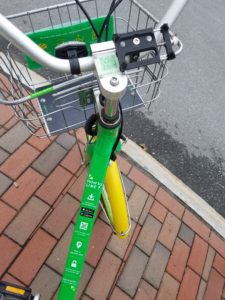
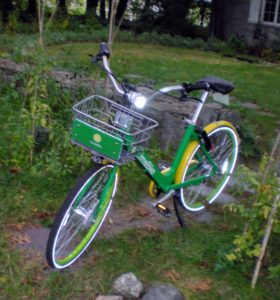
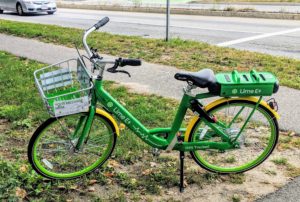
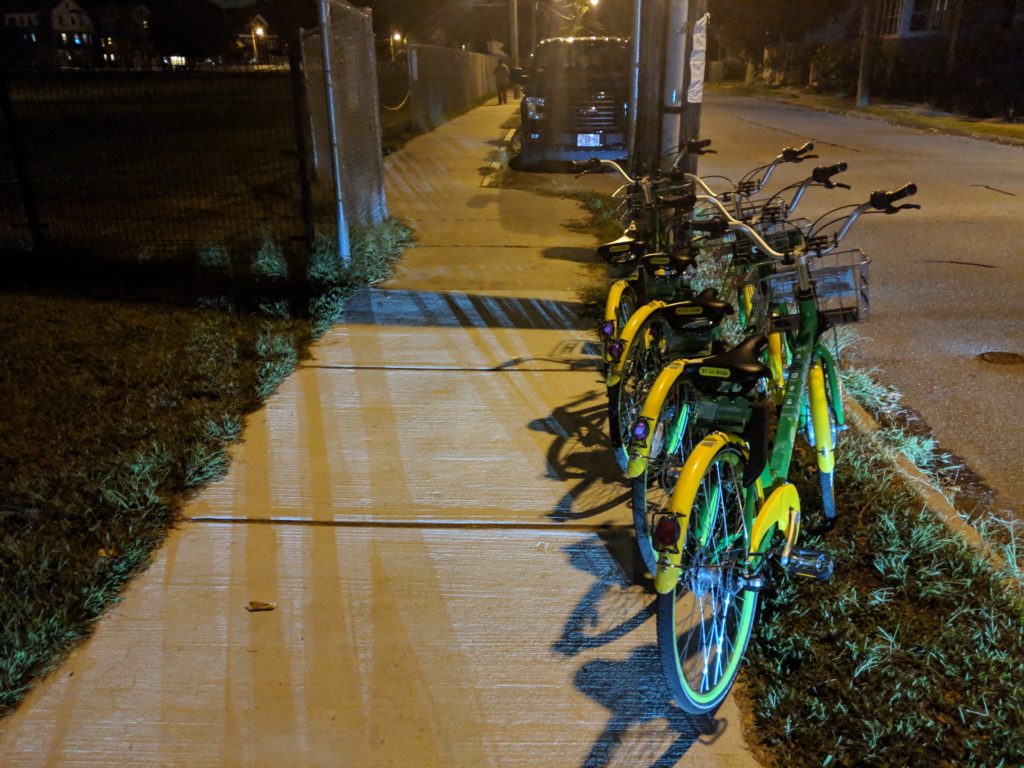
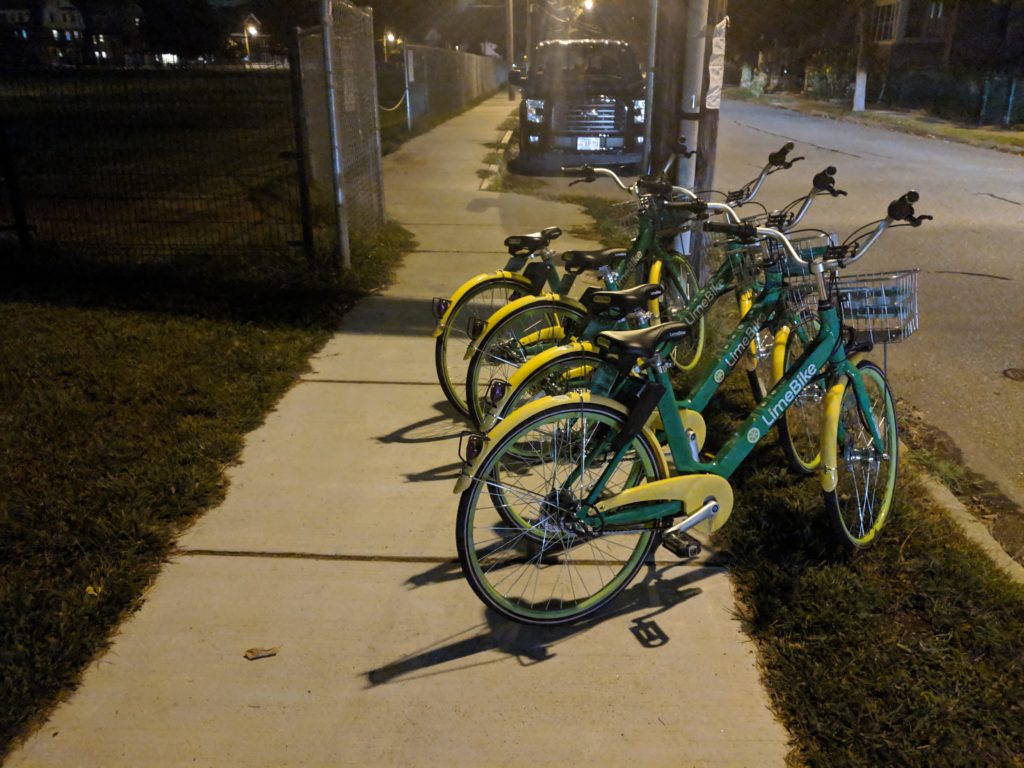

Sorry, the comment form is closed at this time.